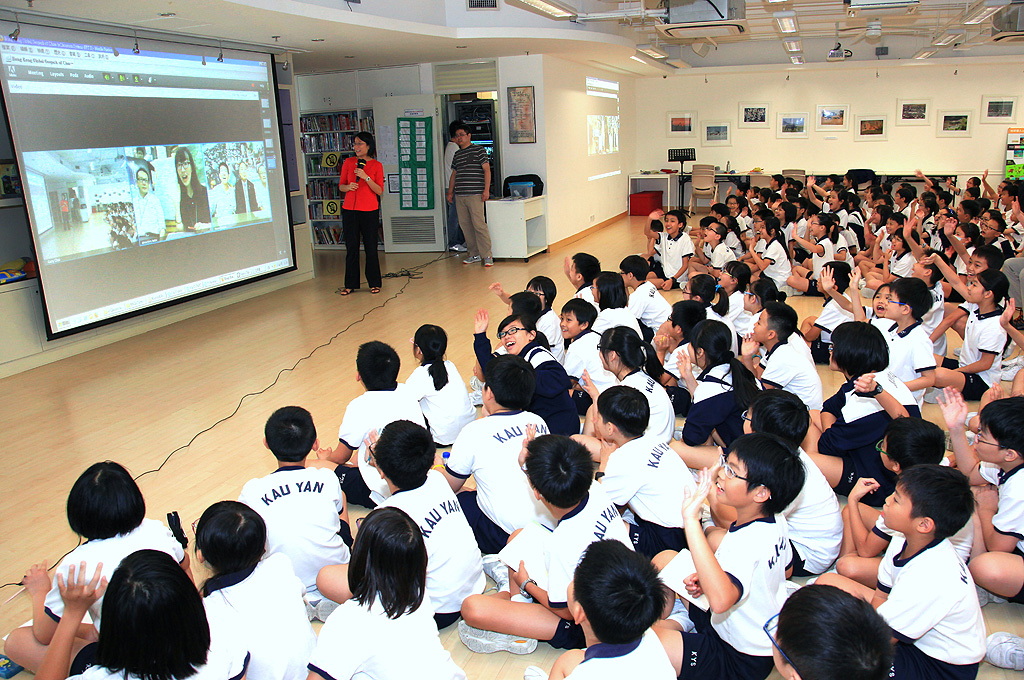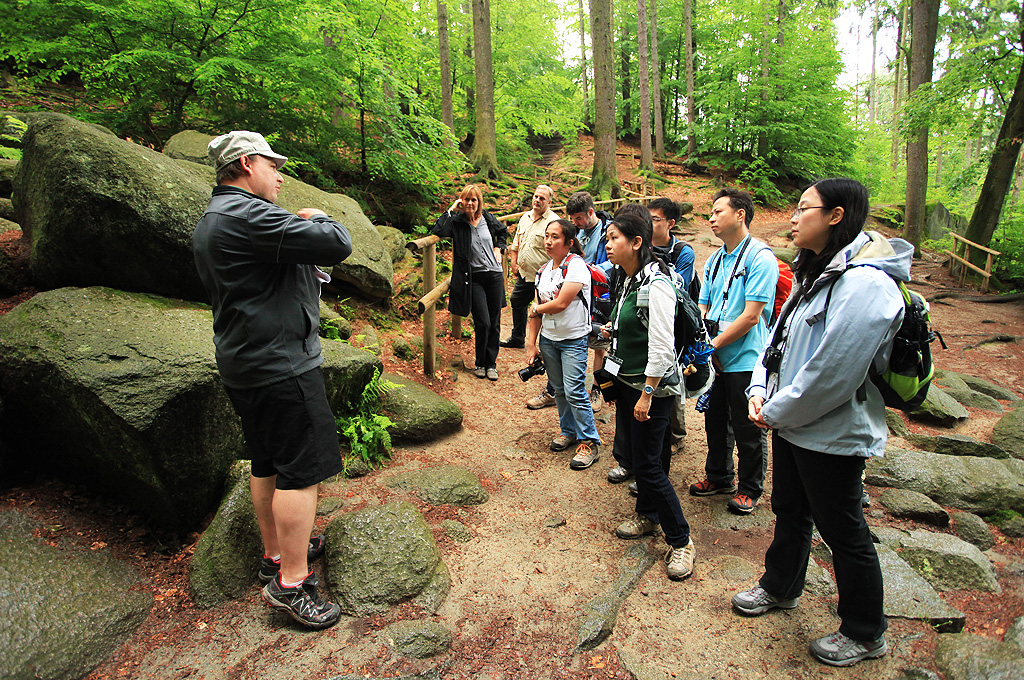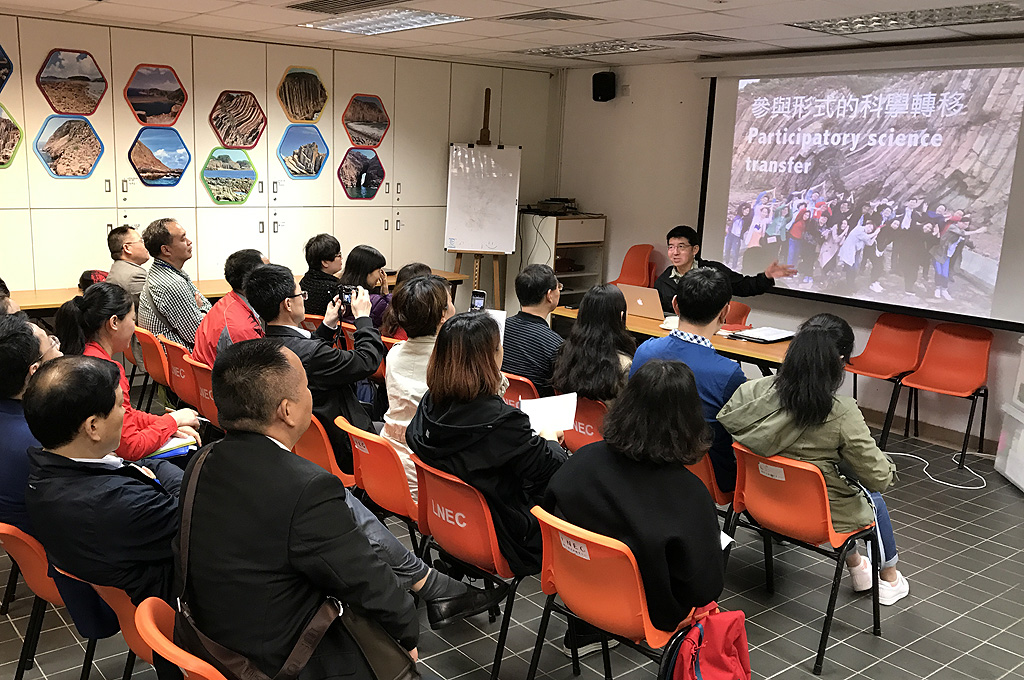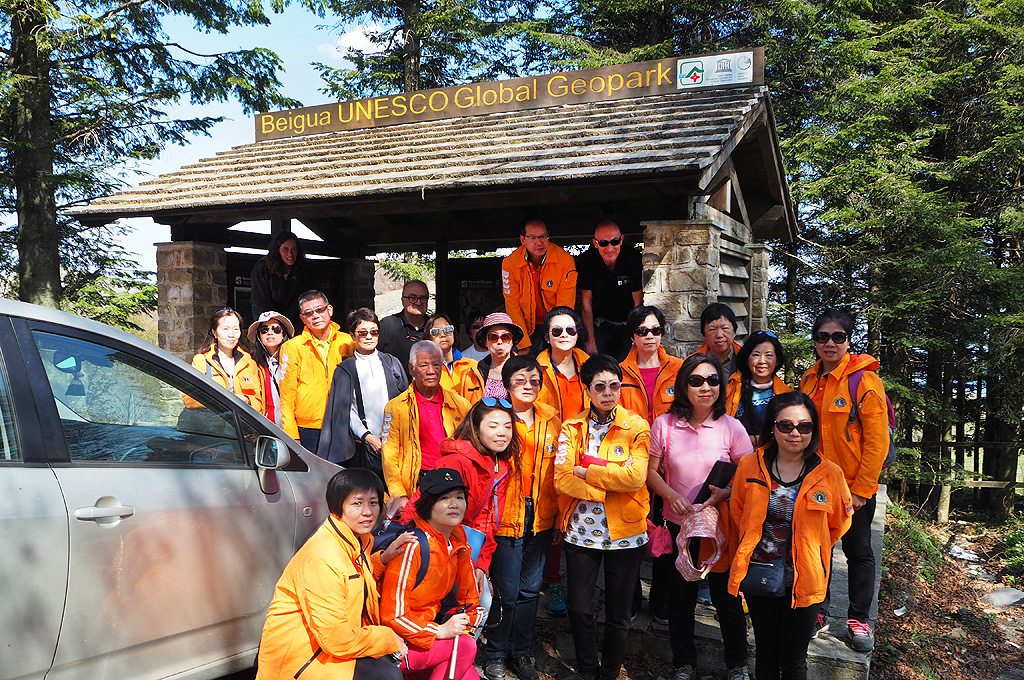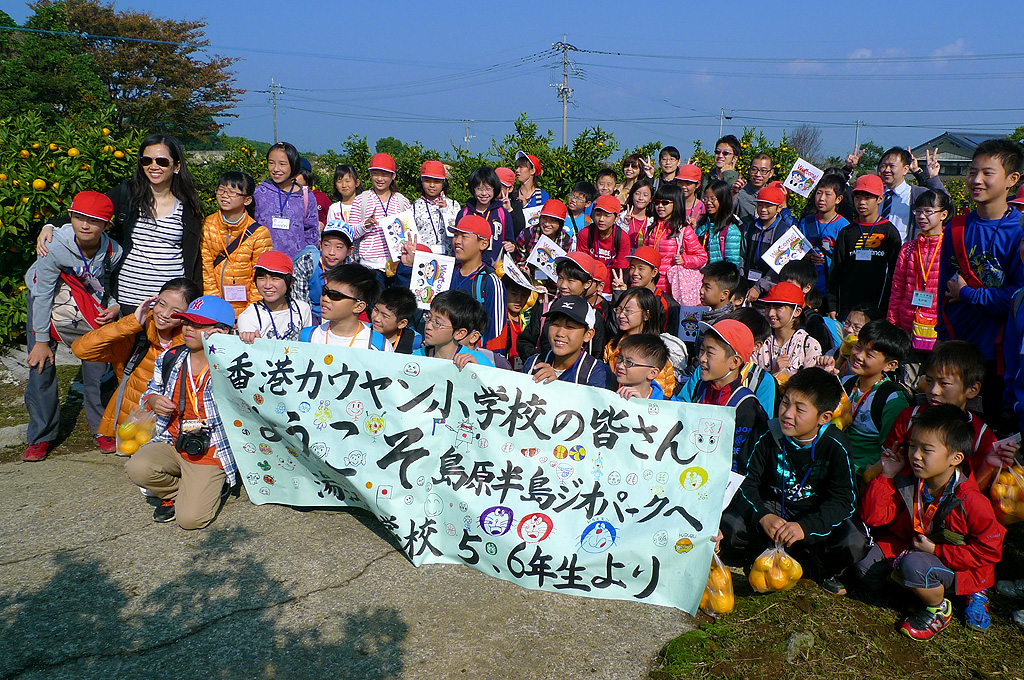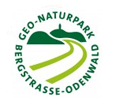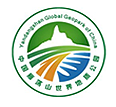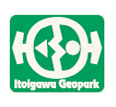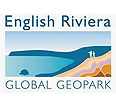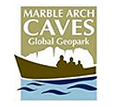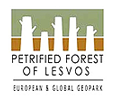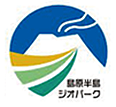As a member of the Global Geoparks Network, Hong Kong UNESCO Global Geopark recognises the important role and function of networking and partnership in global and regional geopark networks.
By working together across borders, UNESCO Global Geoparks learn from each other, exchange good experience and contribute to increasing understanding among different communities and cultures, and as such help to achieve the UNESCO mandate of building peace in the hearts of people.
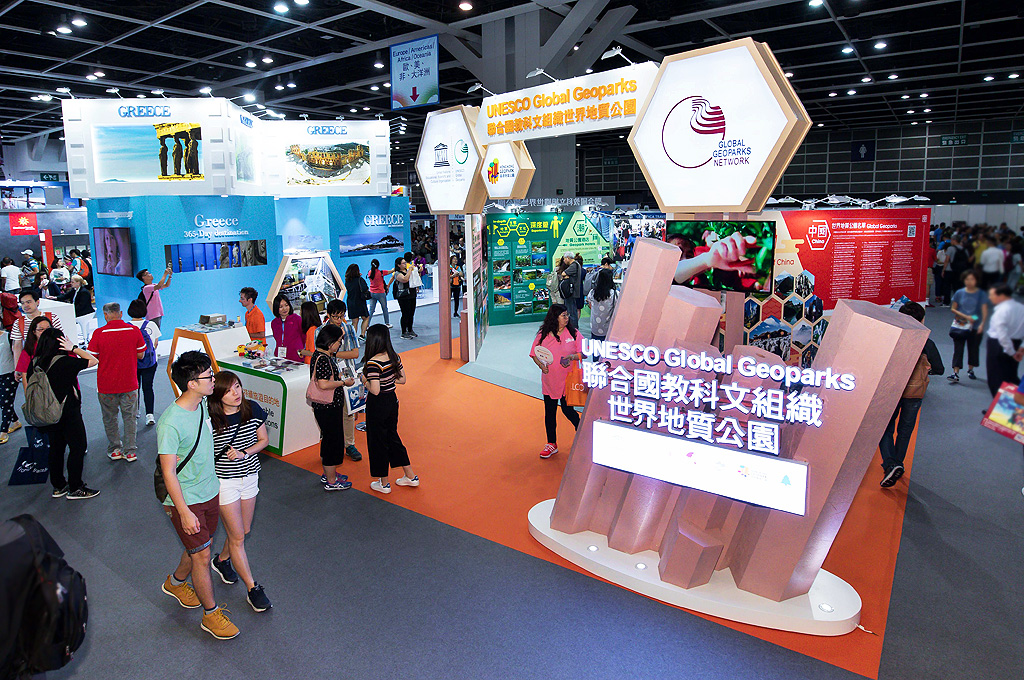
International Travel Expo
2018 (ITE2018)
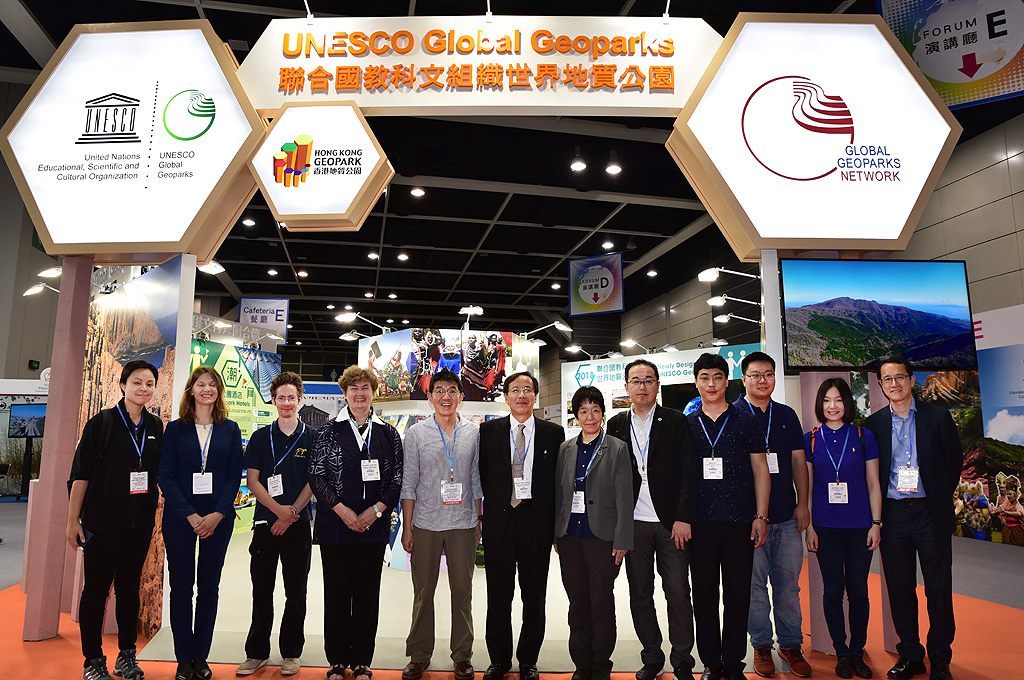
Participation from the Global Geoparks
Network (GGN) in ITE2018
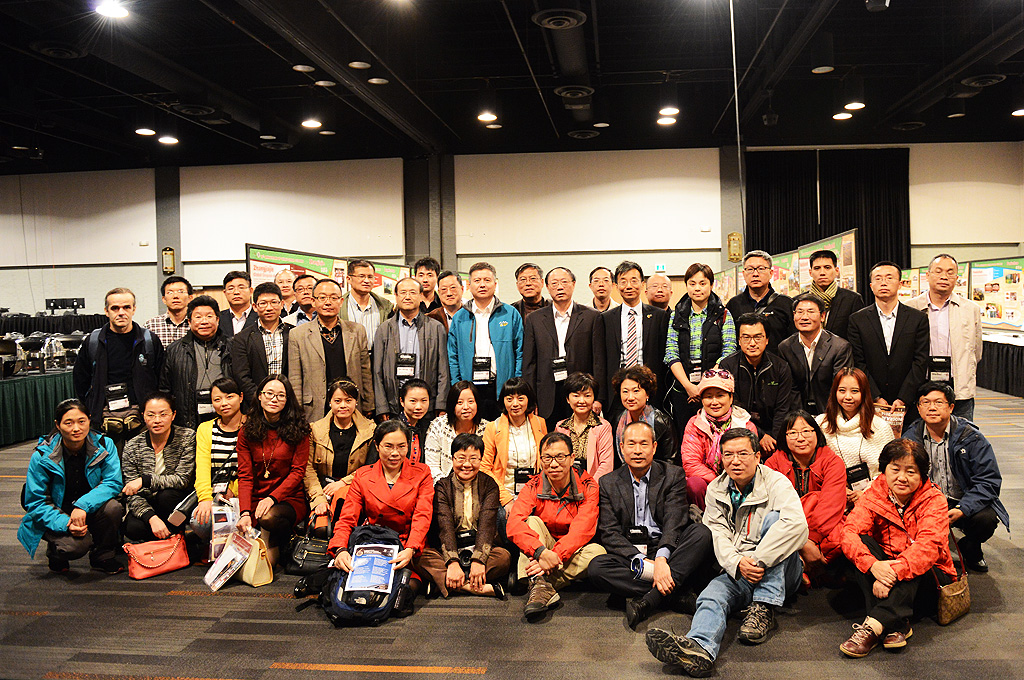
International Geoparks
Conference
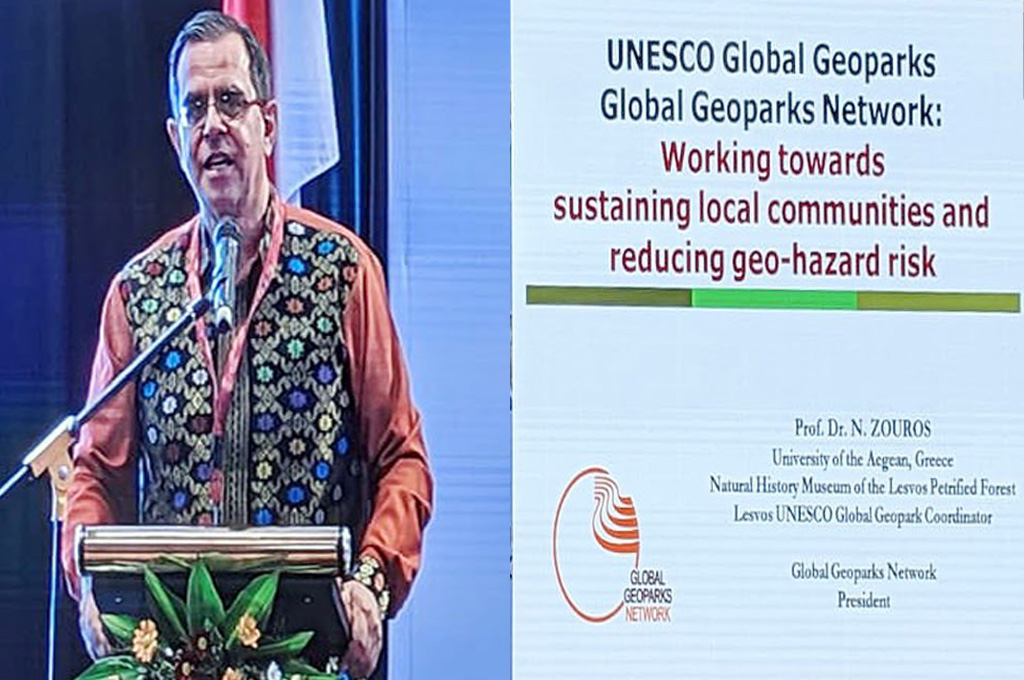
Asia Pacific Geoparks Network (APGN) Capacity Building
Workshop
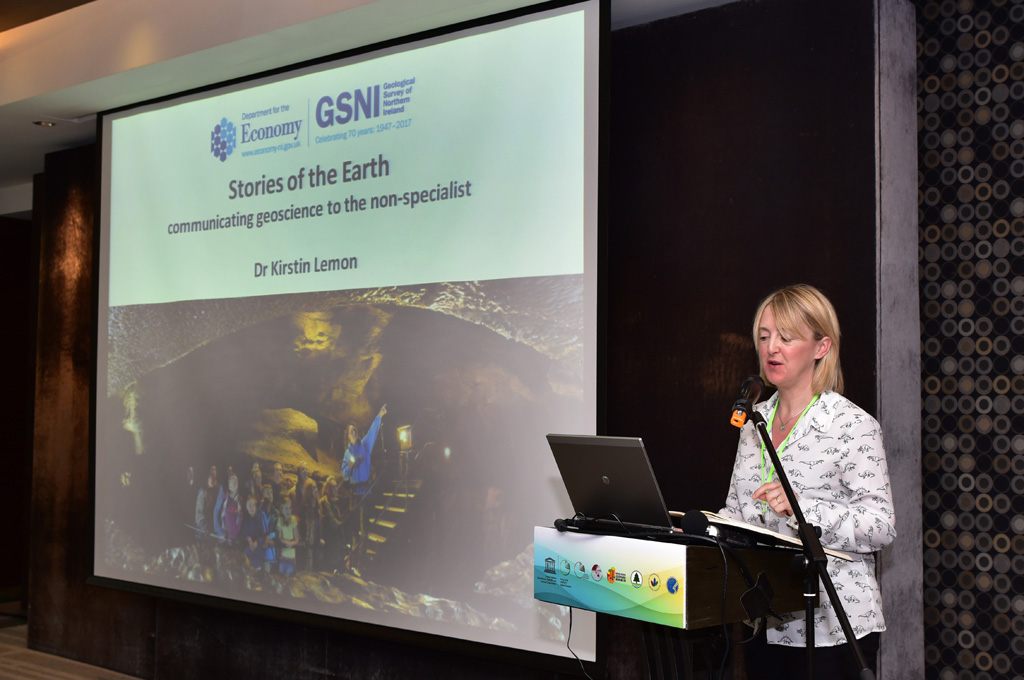
Asia Pacific Geoparks Network (APGN) Capacity Building
Workshop
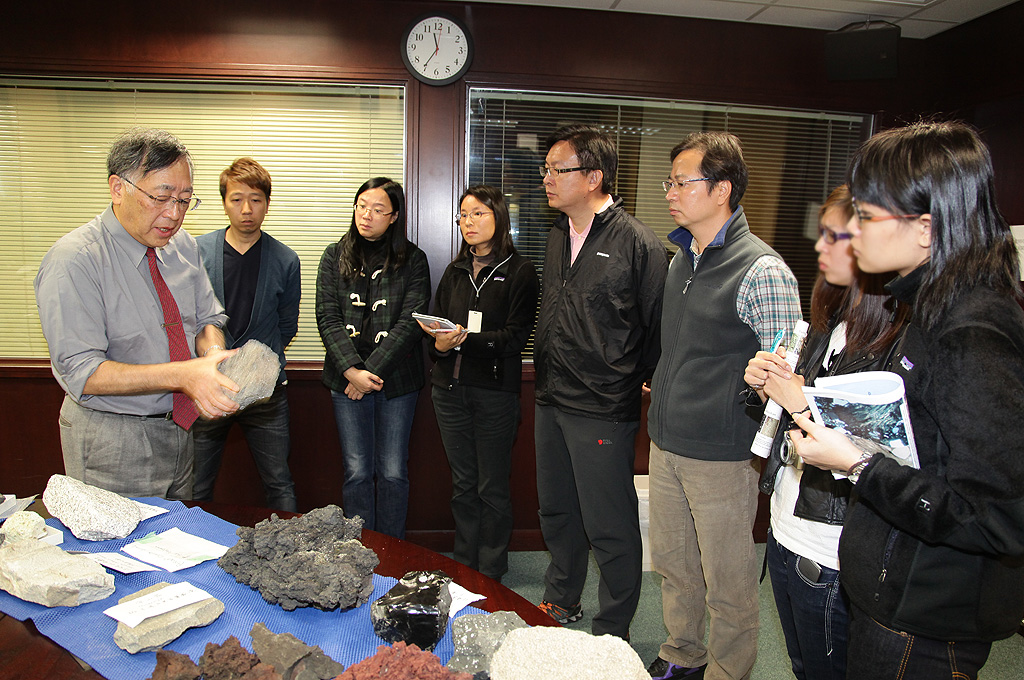
Learning from Expert in Volcanology
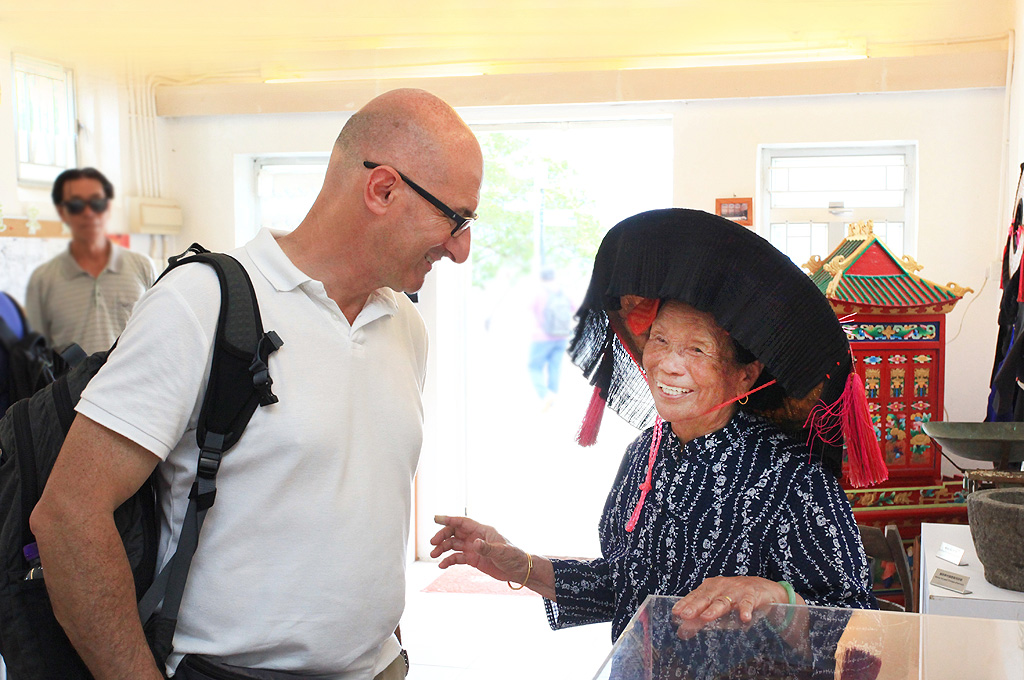
Visiting Local
Communities
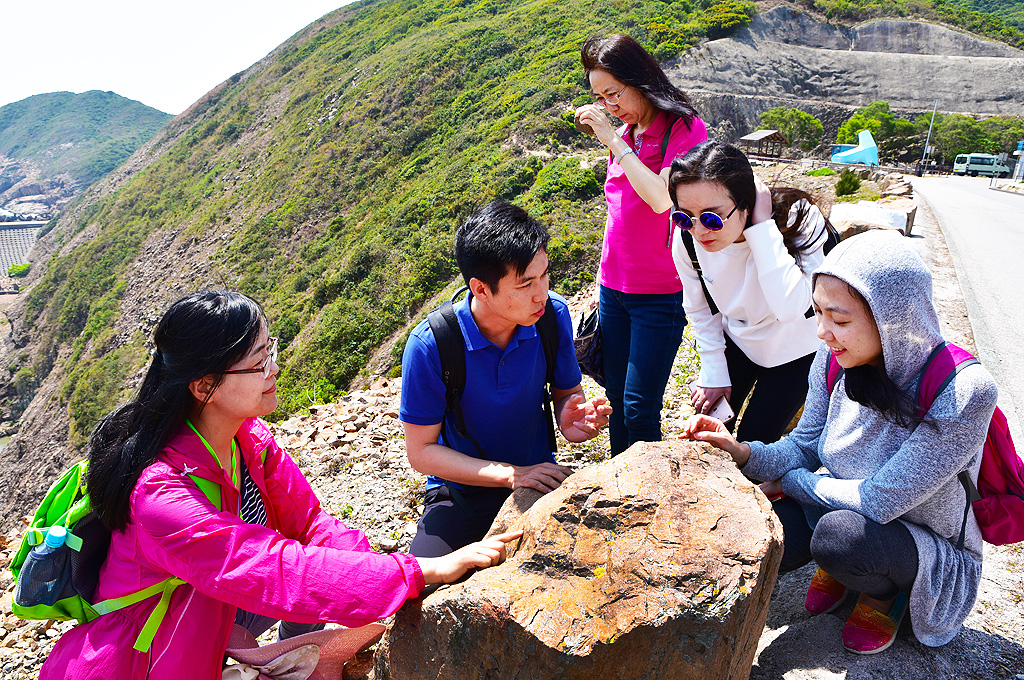
Field Study with Managers from other Geoparks
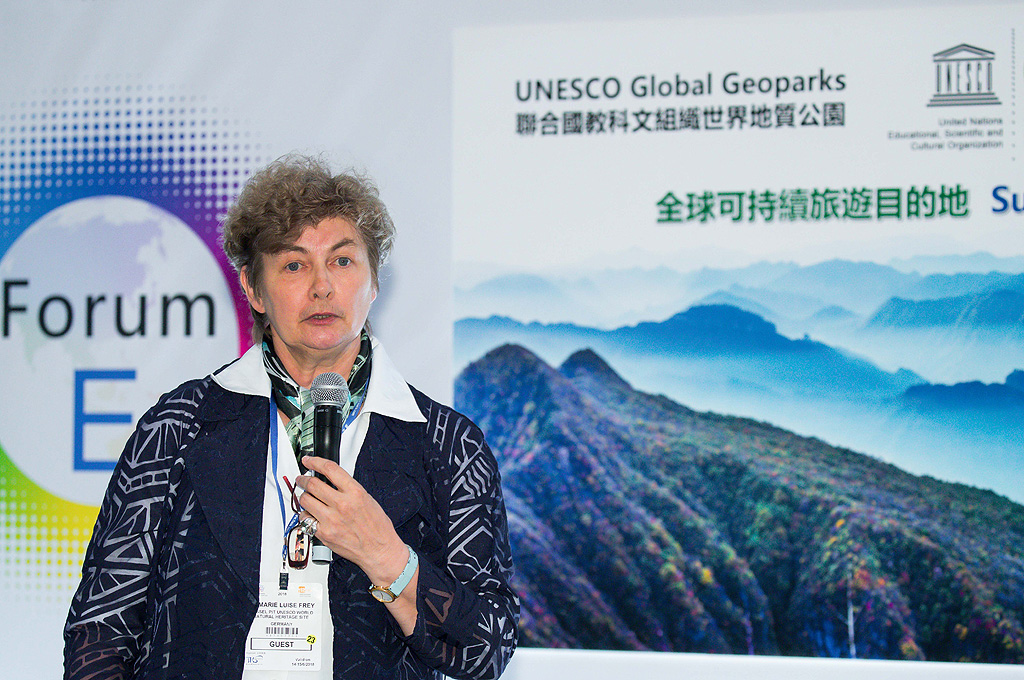
Promotion of UNESCO Global
Geoparks at ITE2018
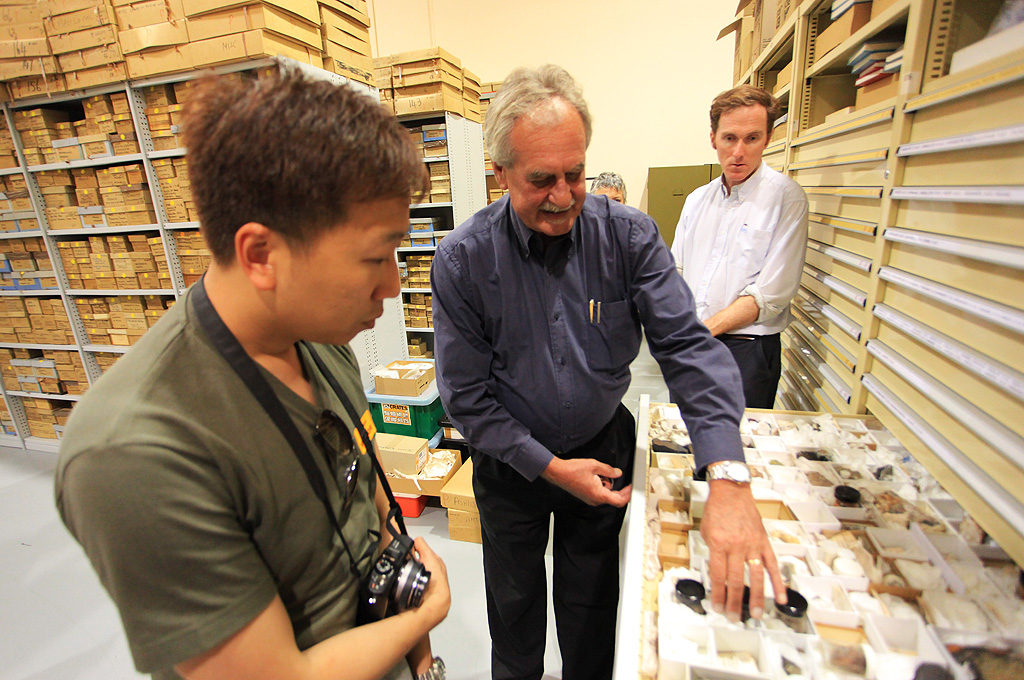
Visiting Overseas Geological
Institutions
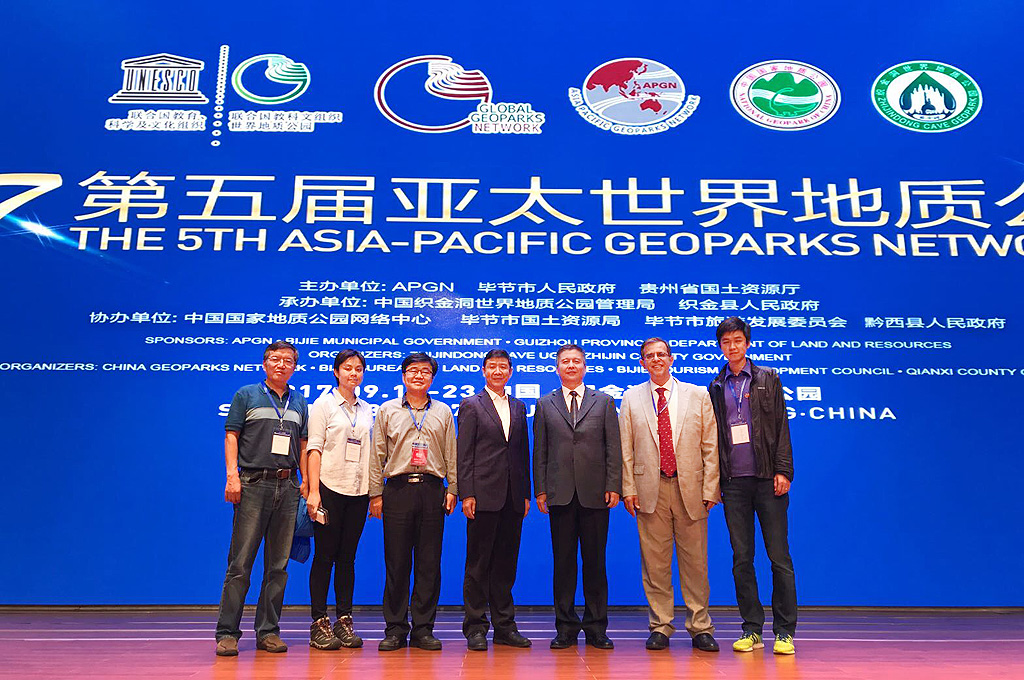
Asia Pacific Geoparks Network (APGN) Conference
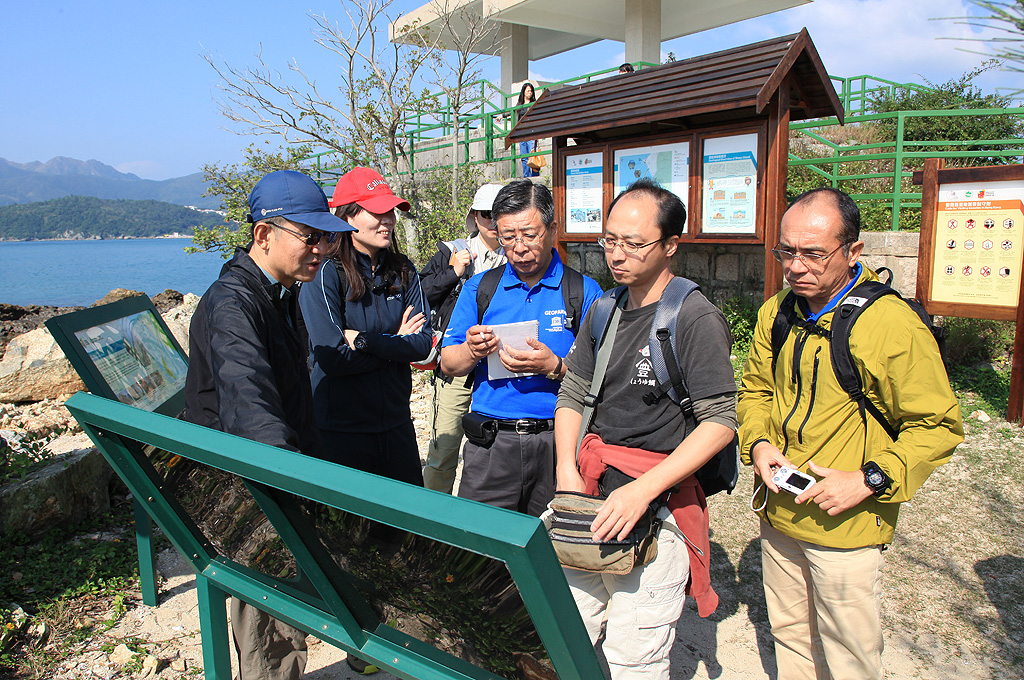
Receiving Guests from other Geoparks
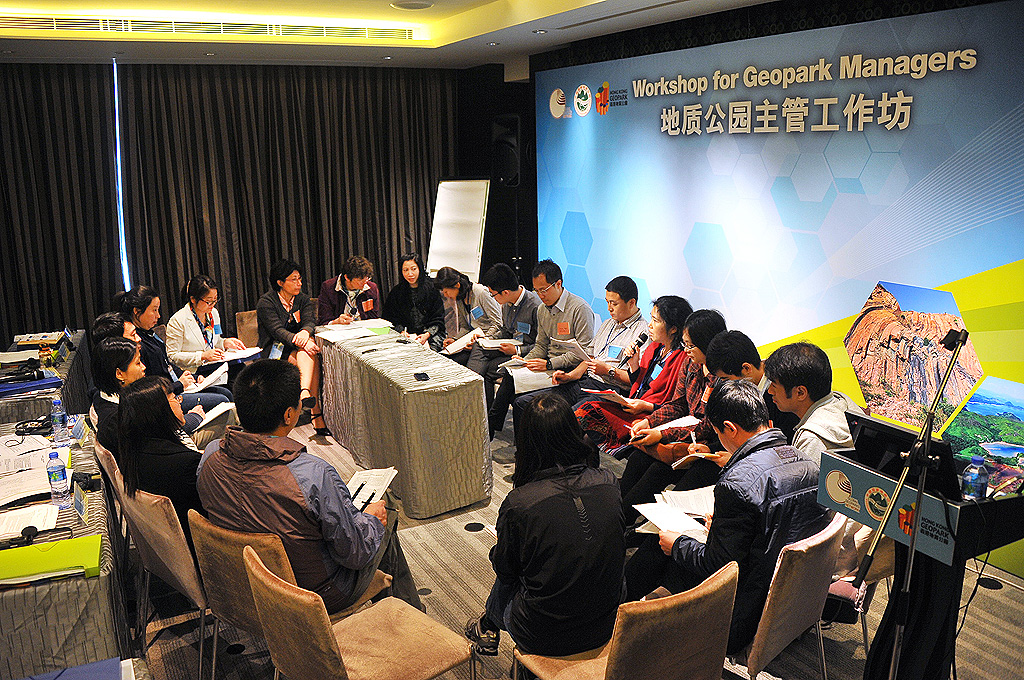
Capacity Building
Workshop for Managers from other Geoparks
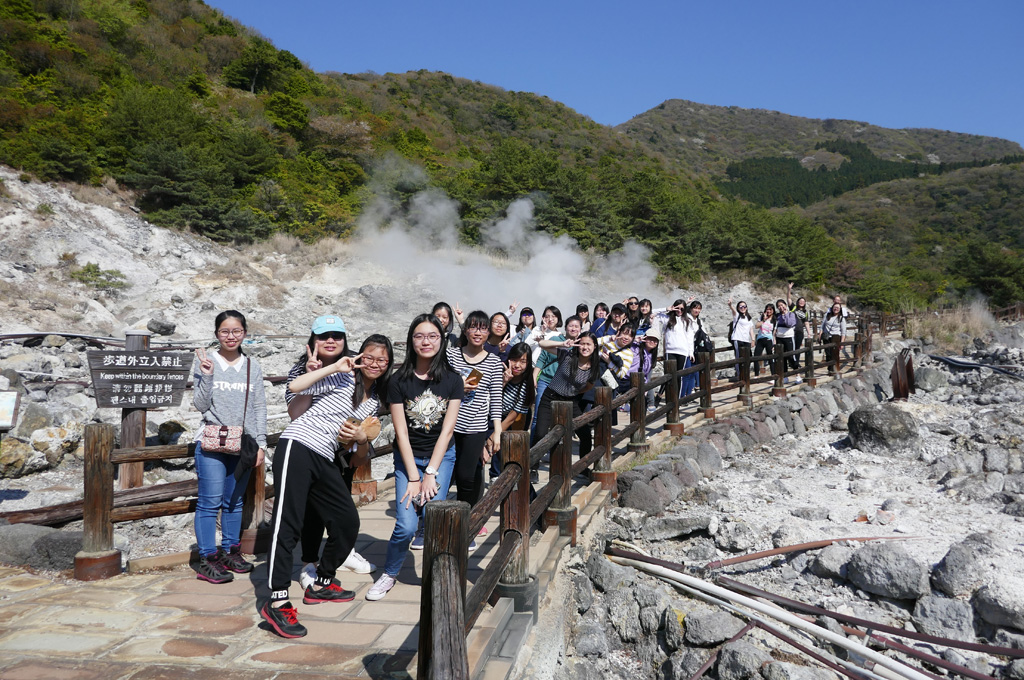
Overseas Student Exchange
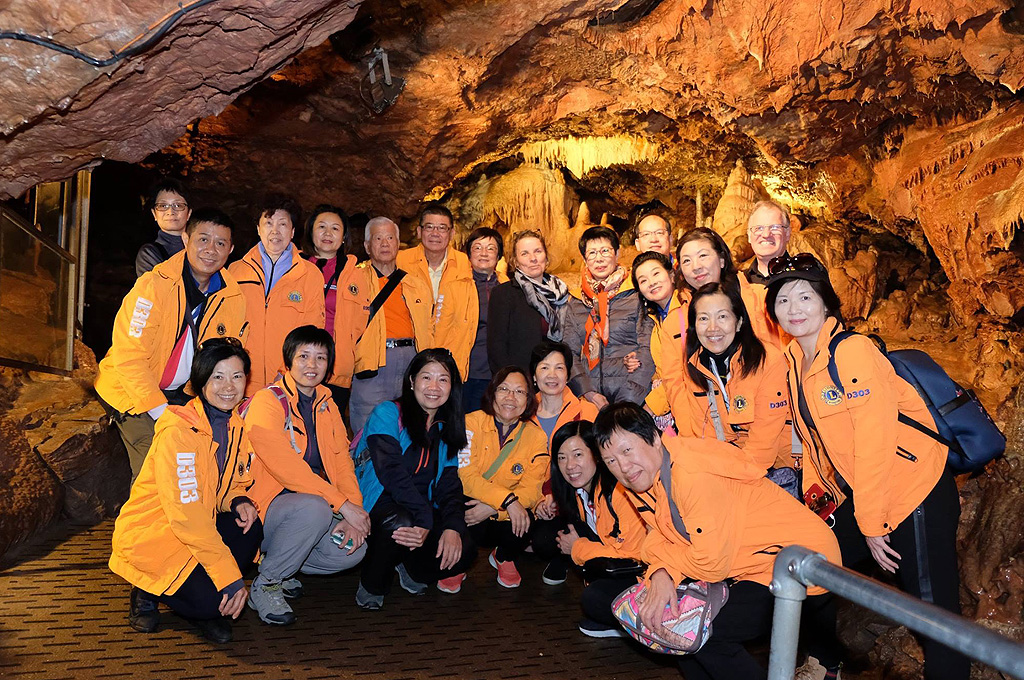
Visiting other
Geoparks
Previous
Next
















